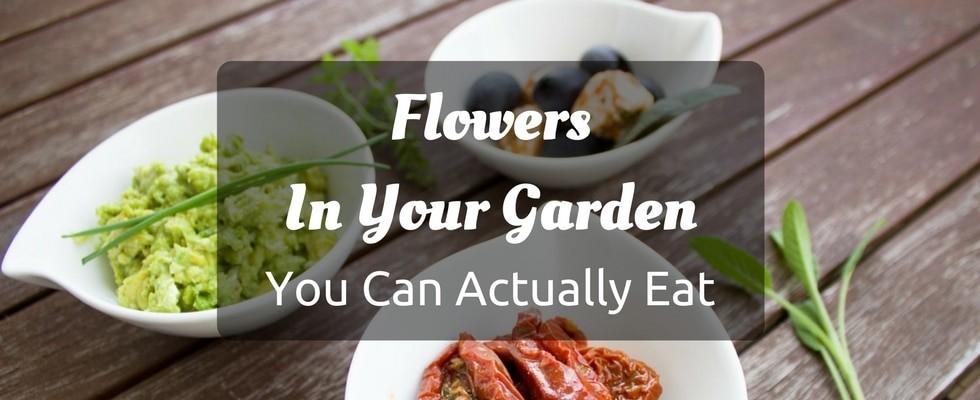When you think of flowers, I’m sure you picture the lovely daffodils and rose that make your garden the picture perfect landscape. That is, of course, their main purpose, but not many people are aware that there are several flowers that are edible, and can be enjoyed as part of your daily meals. Let’s have a look at the most popular edible flowers roaming around your garden.
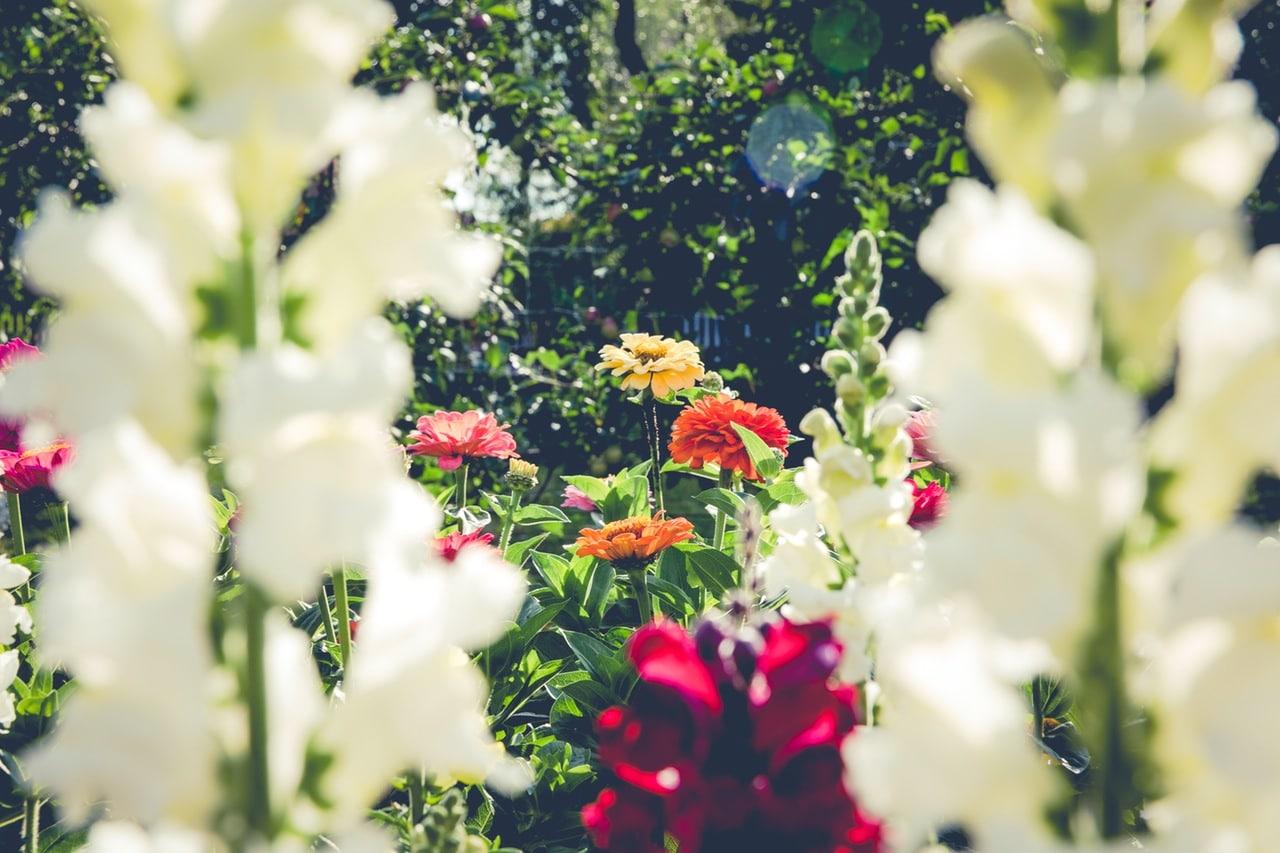
More...
Allium
The Allium is essentially an onion and is a part of the garlic family. At first glance this perky, purple pom-pom just looks like an exquisite decorative garden piece, however, it is also an incredible edible delight. The Allium is a very popular food substance and is used as a base in most modern meals especially pasta and casseroles.
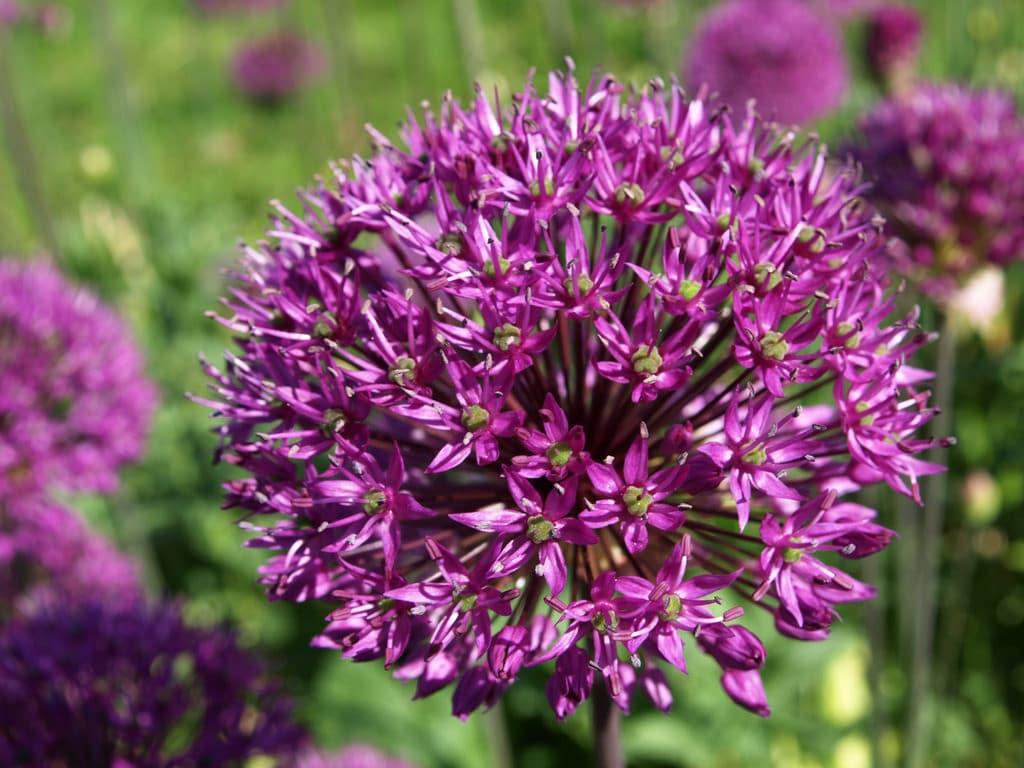
Basil
Another well-known and well consumed edible flower is Basil and I’m sure you think of it as just a herb that you add to your food, however, it also happens to be a spectacular garden flower. Basil is mainly used in Italian dishes and can be eaten fresh or dried depending on the intensity of the flavor required.
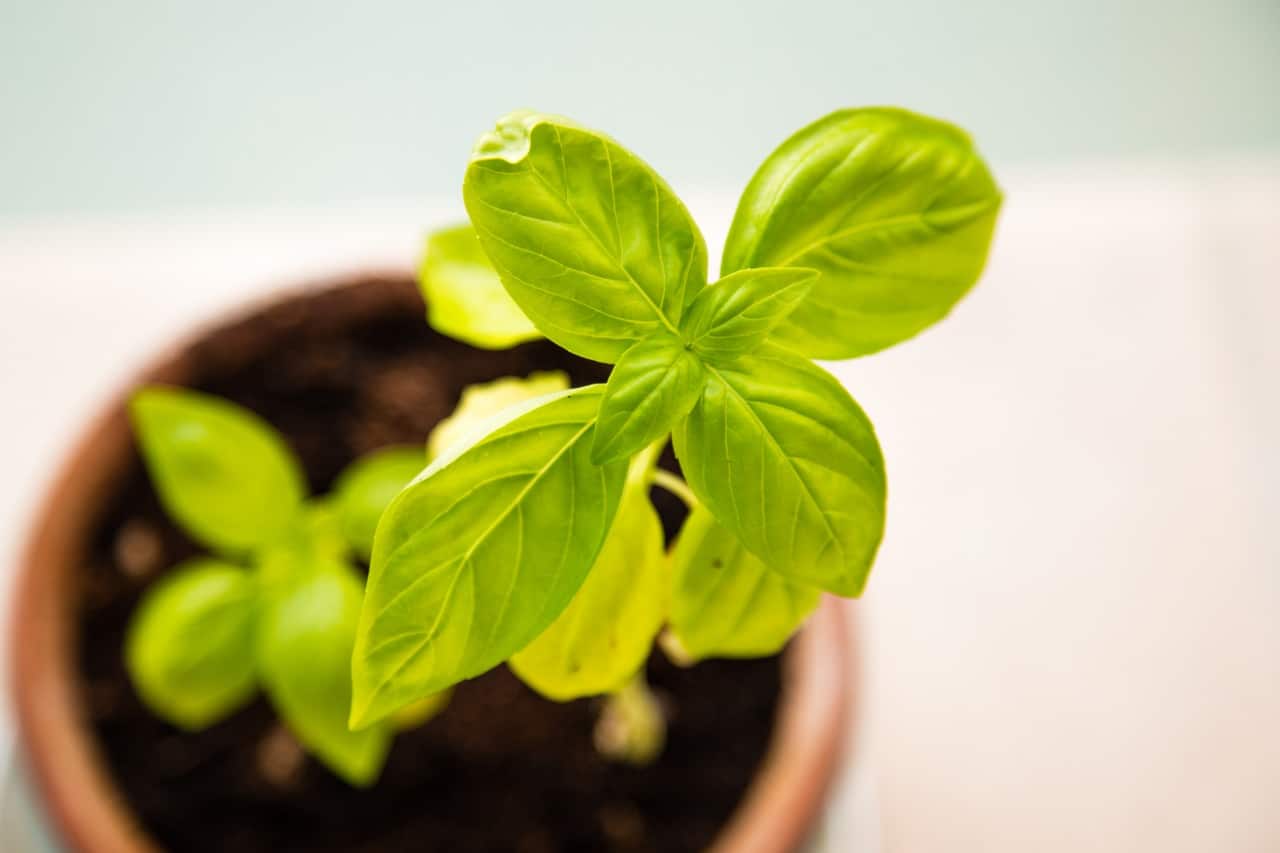
Basil plants are gorgeous green delights and tend to grow in clusters so they serve as a sweet-scented garden ground cover as well as a delicious hearty herb that is absolutely essential in every kitchen. The most popular Basil dish is, of course, Pesto. This power house sauce is the base of many Italian and Mediterranean dishes and where would it be without the star ingredient.
Arugula
The humble salad is no longer just plain lettuce and some dressing. There are some beautiful, peppery leaves that are in more recent years being used as the star in various salads. Arugula is one such leafy plant, otherwise known as Rocket, which grows rapidly in most gardens unbeknownst to many. This green delight has tiny white flowers that are not usually eaten, but rather the leaves are the star of the show.
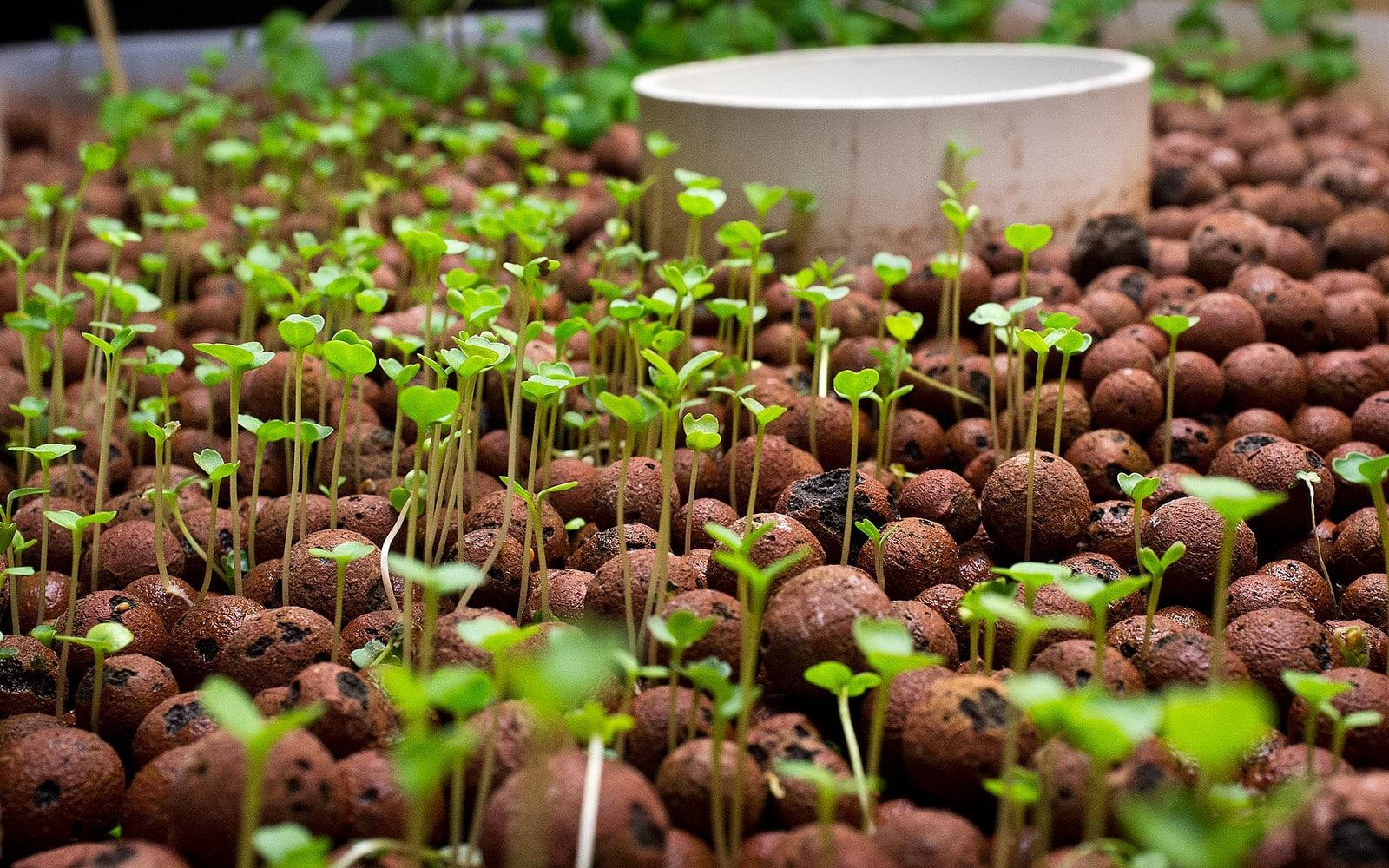
Arugula is commonly mistaken for a weed as it grows in most conditions and resembles the common weed, so one should be sure to be informed. Add some fresh rocket or Arugula to your favorite pizza for a peppery surprise. If you speak to anyone about which plants are edible, they will be sure to mention Nasturtium’s. These are the little purple, orange and yellow flowers that often grow in clusters in and around your garden. They have almost perfectly round leaves that seem to have a silver tinge to them, and they thrive near water so you will often find them near ponds or in areas where there is a significant area of flowing water.
These festive flowers can be eaten in salads or used in stir fry’s and stews, providing a peppery, savory kick. Nasturtium Seeds can be added to a spiced pickling liquid in order to make a gorgeous garnish, which is often used as a replacement for capers.
Anise Hyssop
Flowers that you can grow in your garden can in most instances be eaten, however, you should always be well informed so as to not ingest anything potentially toxic. Anise Hyssop is, of course, a plant that can be confused as toxic, due to its appearance. To the untrained eye, Anise Hyssop looks very similar to lavender and, once identified, this is a flower that you should definitely try to incorporate into your next salad. The best-known use of Anise Hyssop is to brew a tea from the leaves and flowers and enjoy the licorice tasting delight.
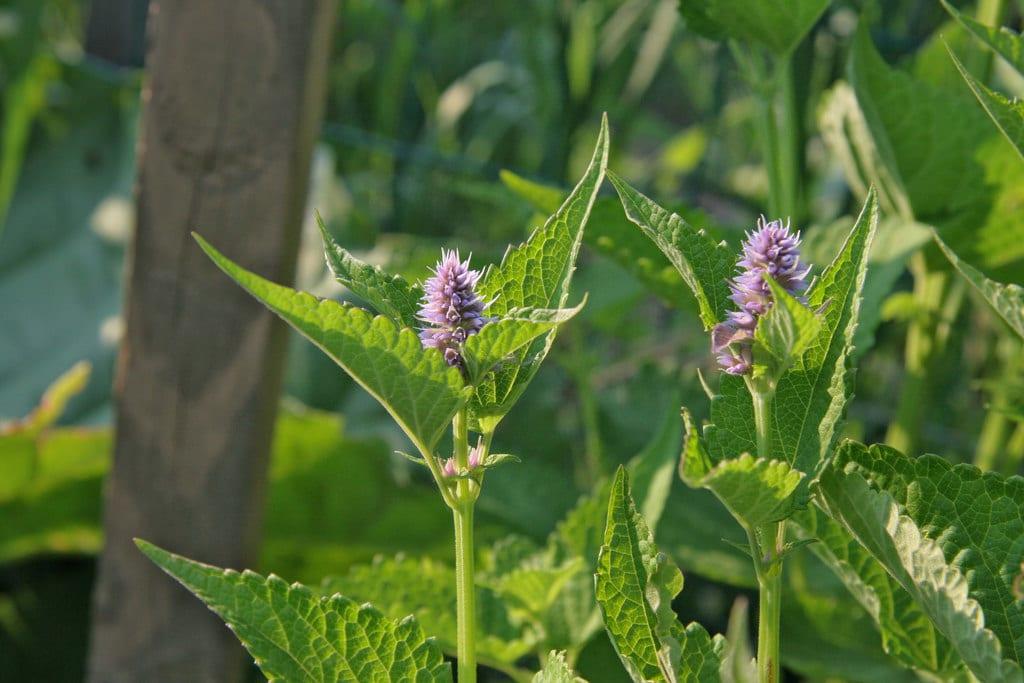
Calendula
Another garden flower that is best used when made into a tea is Calendula. Calendula is probably more widely known for its health benefits as it has a lot of medicinal qualities. The petals of the Calendula flower can be eaten fresh in salads or dried to add that extra crunch. What is possibly the most astounding use of Calendula is a dye.
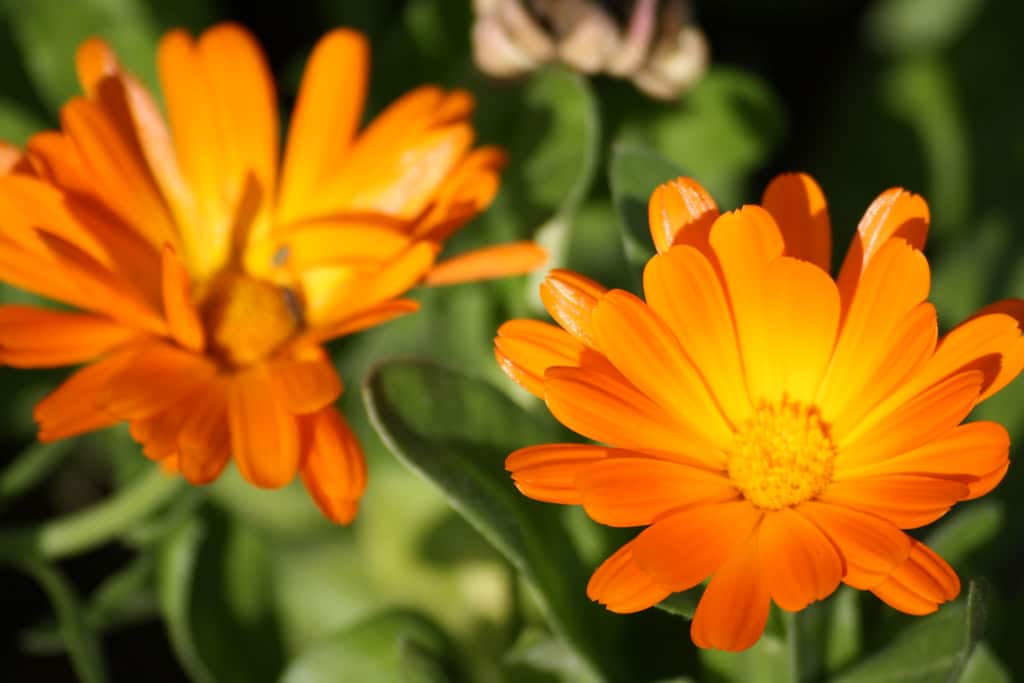
Yes, you read that correctly, the yellow dye from the Calendula flower petals is extracted and used to dye cheese’s and butter alike. This Super plant has amazing anti-inflammatory properties and can be used on cuts and grazes as well as for cramps.
Chicory
Go into your kitchen, and have a look at the ingredient list on your coffee can. One of those ingredients is Chicory. But who knew that chicory is actually derived from a plant. Chicory has tiny blue flowers with jagged edges and is often mistaken as a weed. Now we obviously have to know how to correctly prepare the chicory in order for it to be incorporated into our daily coffee. The roots and buds of the chicory plant are baked at high temperatures and then ground into a fine powder and added to the coffee.
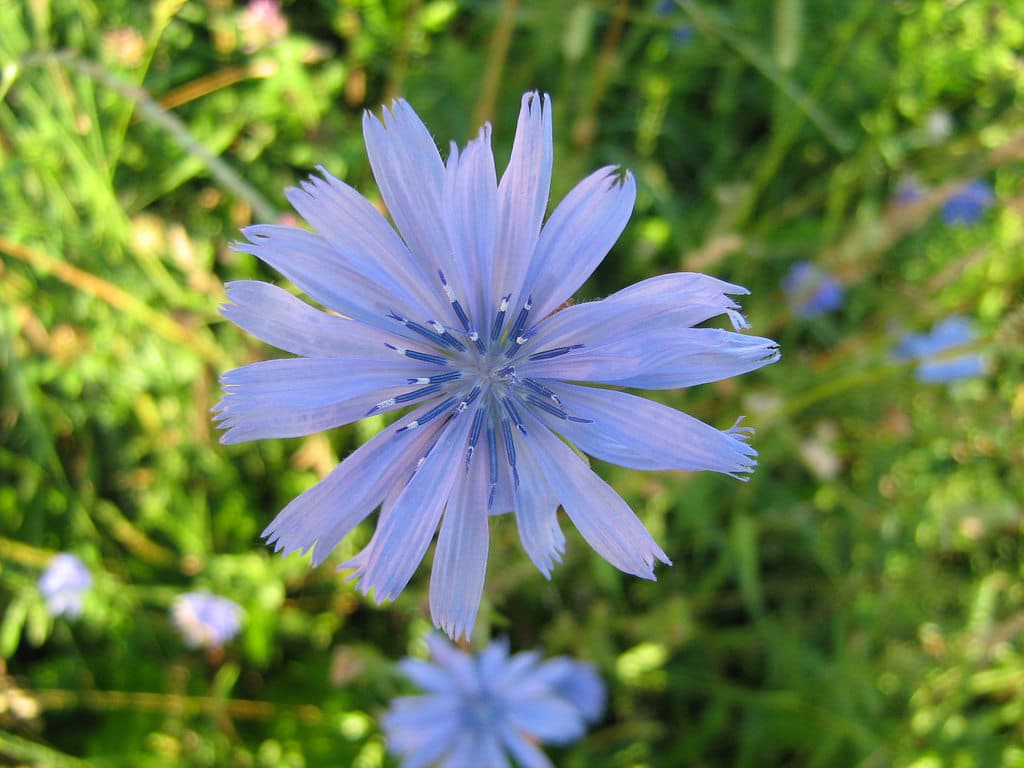
In many parts of the world, Chicory can be used as a substitute for coffee, instead of an additive. This plant has a bitter, woody taste and the beautiful blue flowers can be sprinkled over salads for that extra savory element.
Starflower
Borage or “starflower” is a Mediterranean plant that has a taste very similar to that of the humble cucumber. This “Starflower” can be used fresh as a vegetable to complete your next meal or the leaves and flowers can be dried out and used as a herb when conjuring up your next casserole. The petals of this delicate flower are honey-like in taste and are often used as decoration on cocktails and desserts. The well-known Borage Seed Oil, extracted from the seeds of the borage plant, is used for a variety of medicinal issues, such as arthritis and inflammation.
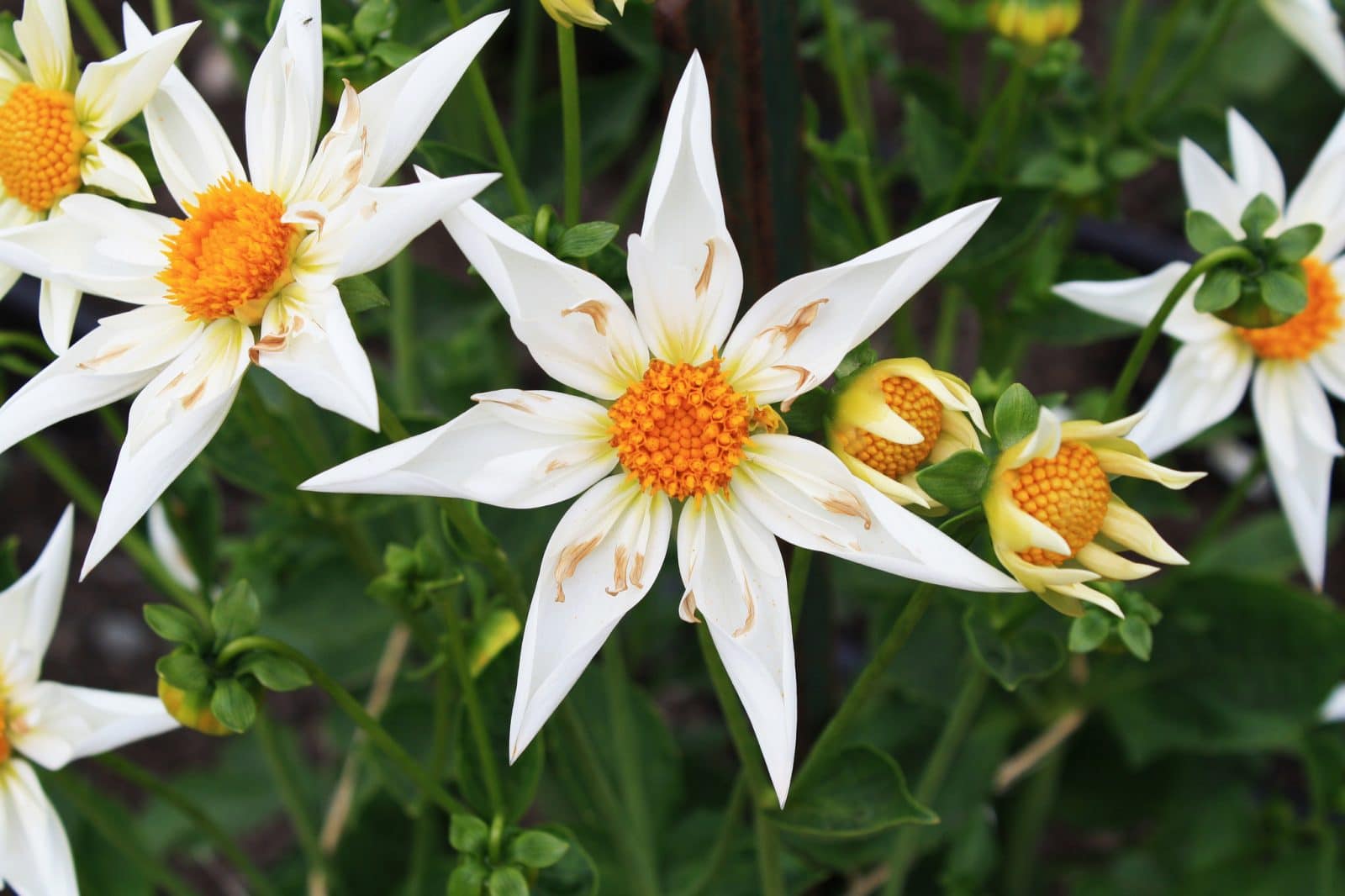
Dandelion
Do you recall, being a young child, wondering through the park and suddenly you discover a dandelion, and your immediate impulse is to blow on it and watch the pollens disperse? The dandelion happens to be edible as well as whimsical and fun.
It is a bitter flower but can be sautéed much like spinach to get rid of the bitter flavor. The flowers petals are used to make dandelion wine which is a citrus delight and can be home brewed. For those of us that are trying to cut down on our caffeine intake, Dandelion coffee might just be the way to go. The roots of the dandelion plant are roasted and ground making Caffeine free coffee, an acquired taste but worth it for the health benefits.
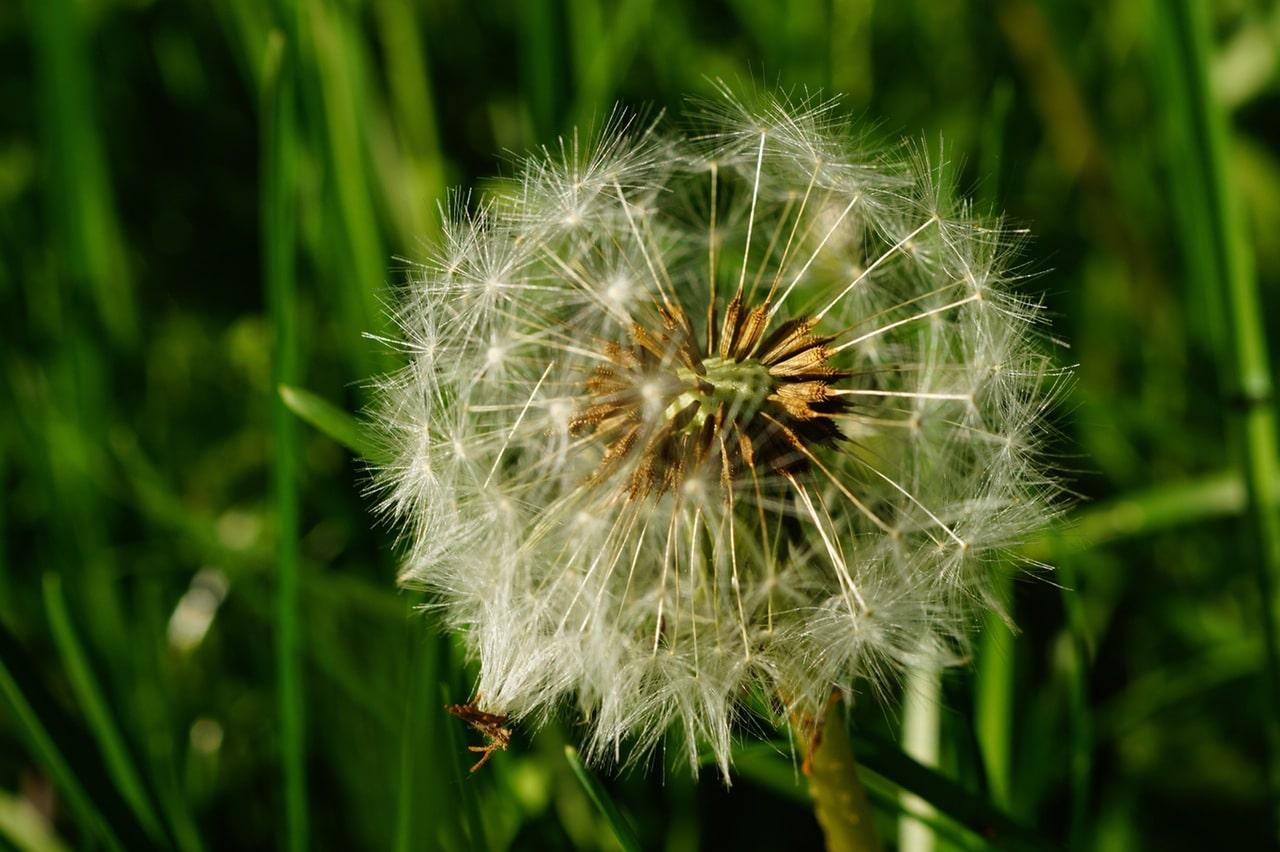
Dandelion flower petals are most commonly used in salads and these vibrant yellow petals are the perfect addition to your healthy treat. It is, of course, important to mention that Dandelions, while edible and whimsical are also essential for the preservation of the bee population.
Sunflower
Sunflowers are not known for their edible qualities, but more for their beauty. The seeds of the sunflower plant are the most edible element and are usually enjoyed toasted on top of a salad or ground into a powder and combined with flour to make a delicious bread. The leaves of the sunflower plant can be boiled and added to any vegetable dish, adding extra spice. The ground roots and petals of this plant can be used to make a punchy, satisfying herbal tea.
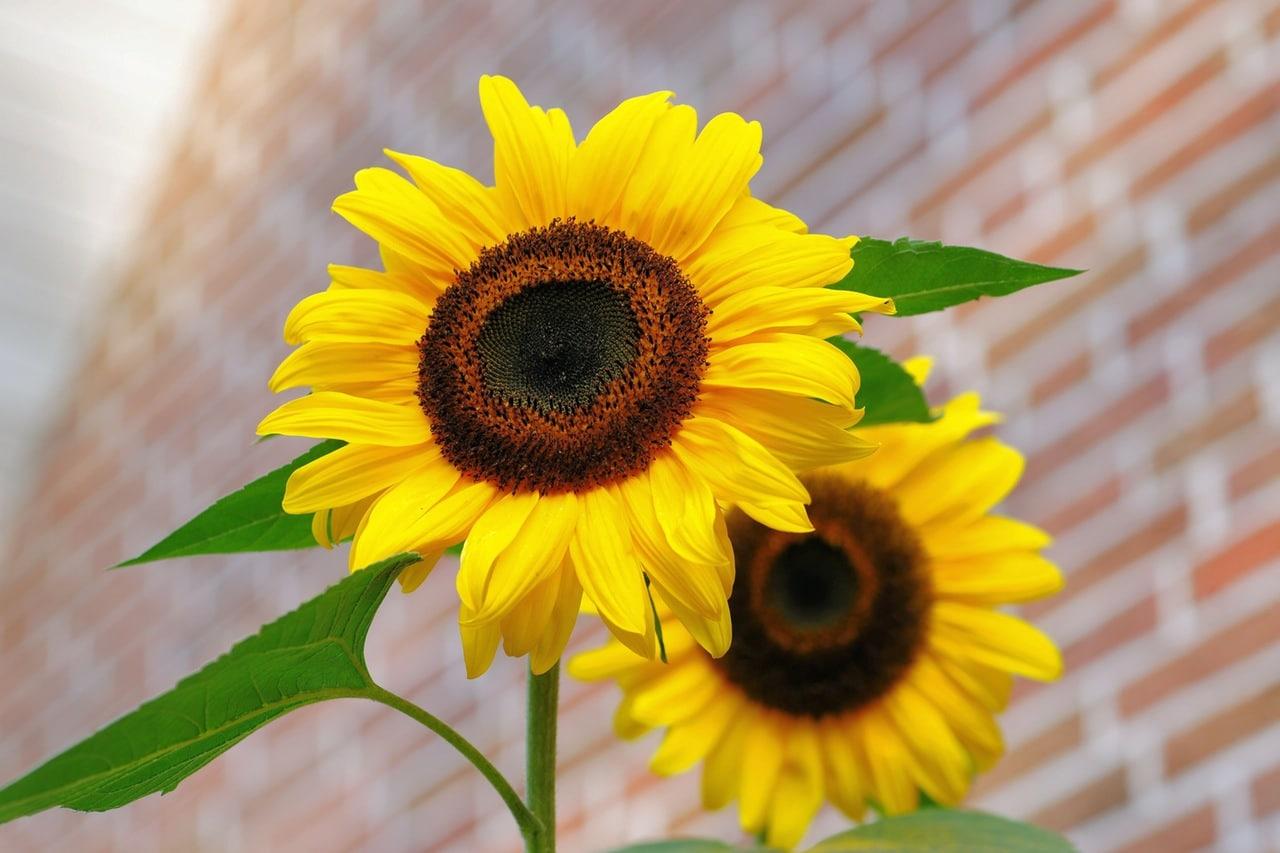
Cilantro
Picture your favorite curry or Thai dish, that scattering of green over the top of your dinner is most probably Cilantro. This is a versatile, lemony herb that is best paired with fish or used to brighten up a drab curry. Cilantro grows extremely rapidly and to avoid a large amount of Cilantro going to waste, it can easily be dried or frozen in its fresh form. The next time you make a buttery, pan fried fish try a sprinkle of Cilantro for that extra flavor.
The last edible flower that needs to be mentioned is Chervil or French parsley. This herb is absolutely vital in French cooking and is most commonly used to season a variety of dishes, soups, and sauces. Chervil grows in a similarly rapid way to its cousin, Cilantro, however, it is best advised not to dry this herb but rather freeze a bunch of it fresh so that none of this herbed jewel need go to waste.
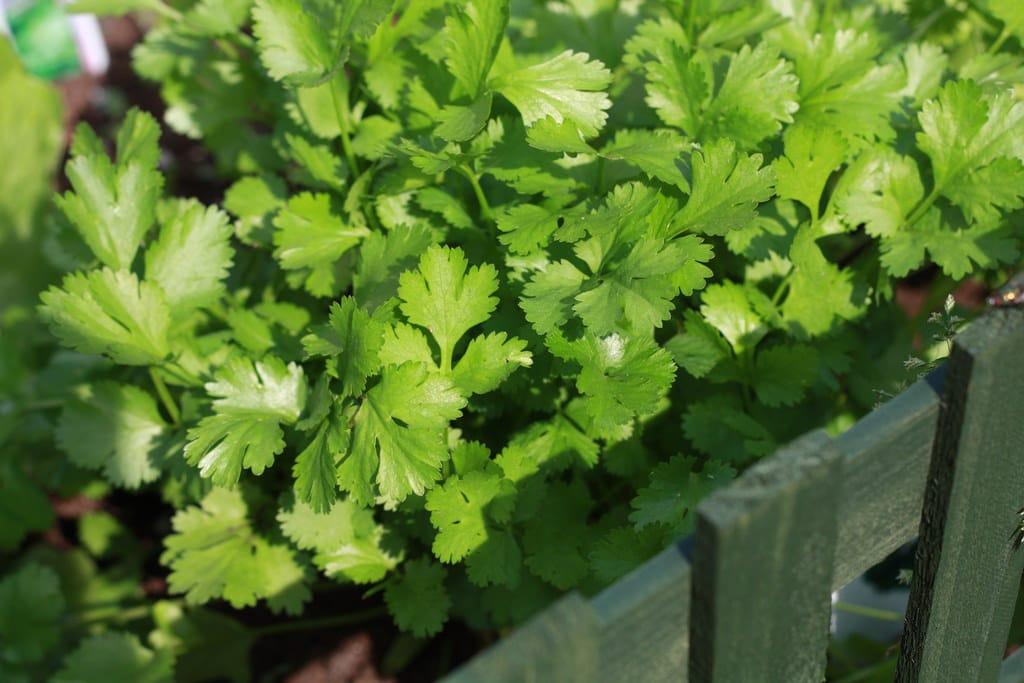
When you walk through your garden or any garden, open your eyes and be enlightened. Laying amongst all the daisy’s and daffodils may be a few gems that you can use in your culinary adventures. Be sure that before you pick a plant or flower to add to your food, you know if the flower is edible or inedible.
With all of these edible flowers right in your garden or the gardens of your neighbors and friends, it is safe to say that there is no need to go out to your greengrocer and spend that extra money. Don’t let the abundance of Cilantro and Chervil in your garden go to waste, pick some extra and deliver to your neighbors doorstep with a smile, or pop some in the freezer so that when you need it in a hurry it is readily available.
You might also like :What Makes Home-Cooked Meals Special

